A Modern Champion: Virginia Wright (1929–2020)
With a heavy heart, we share the news of the passing of Virginia Wright, a pillar of the SAM family. Virginia and her late husband Bagley played pivotal roles in the development, vibrancy, and accomplishments of the Seattle Art Museum for more than half a century. Beyond being generous contributors, the Wrights’ greatest impact on SAM is seen in the art of the collection and in the art shown. Virginia was among a very small group of people who, in the 1960s, pushed SAM to create its first modern and contemporary art program. Virginia and Bagley also contributed to the purchase of many important acquisitions over the years. Above all else, the Wrights amassed one of the most important collections of modern and contemporary art in the world (over 200 works), all purchased with SAM in mind as the collection’s eventual home. When the bulk of it came to SAM in 2014, forming the backbone of its modern and contemporary collection, SAM was transformed from a great institution into a truly remarkable one.
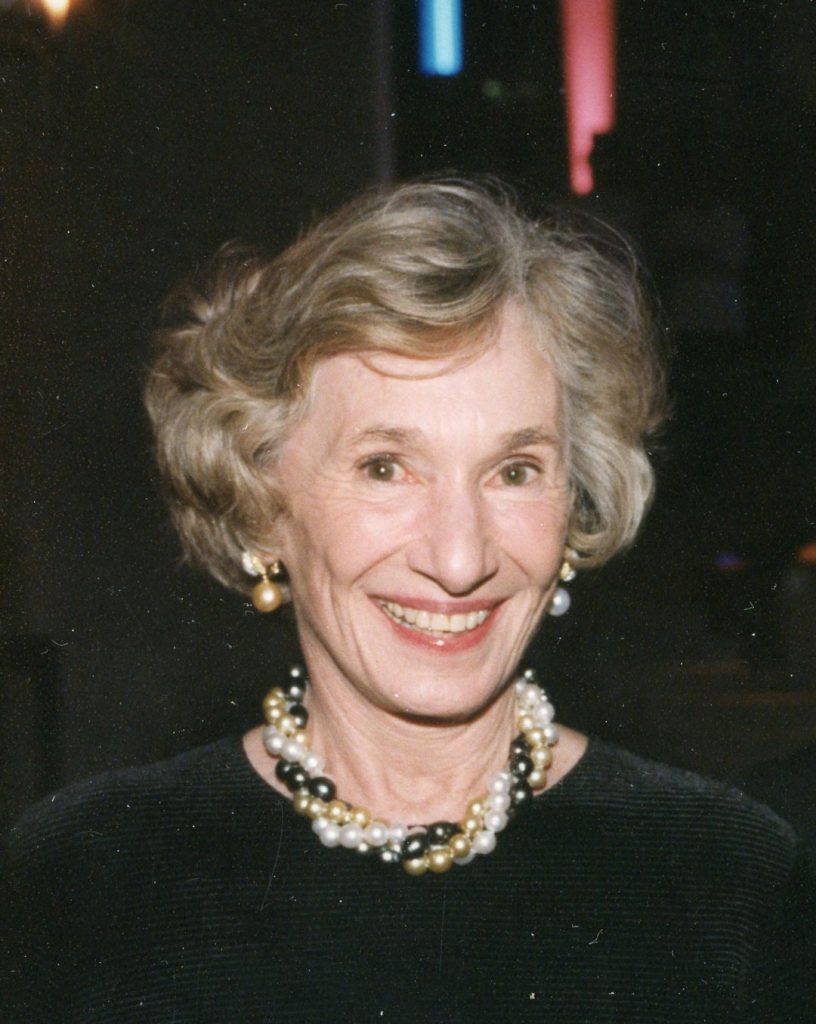
Earlier this month, Virginia said, “When I think about the future of the Wright Collection at SAM, I put my trust in the artists. I trust that future generations will value their work, that SAM will continue to provide meaningful access to it, and that the conversations that their work has inspired will continue.” We are honored by her faith in Seattle’s museum and, because of her support over the last 60 years, we are confident that we can live up to the legacy she established.
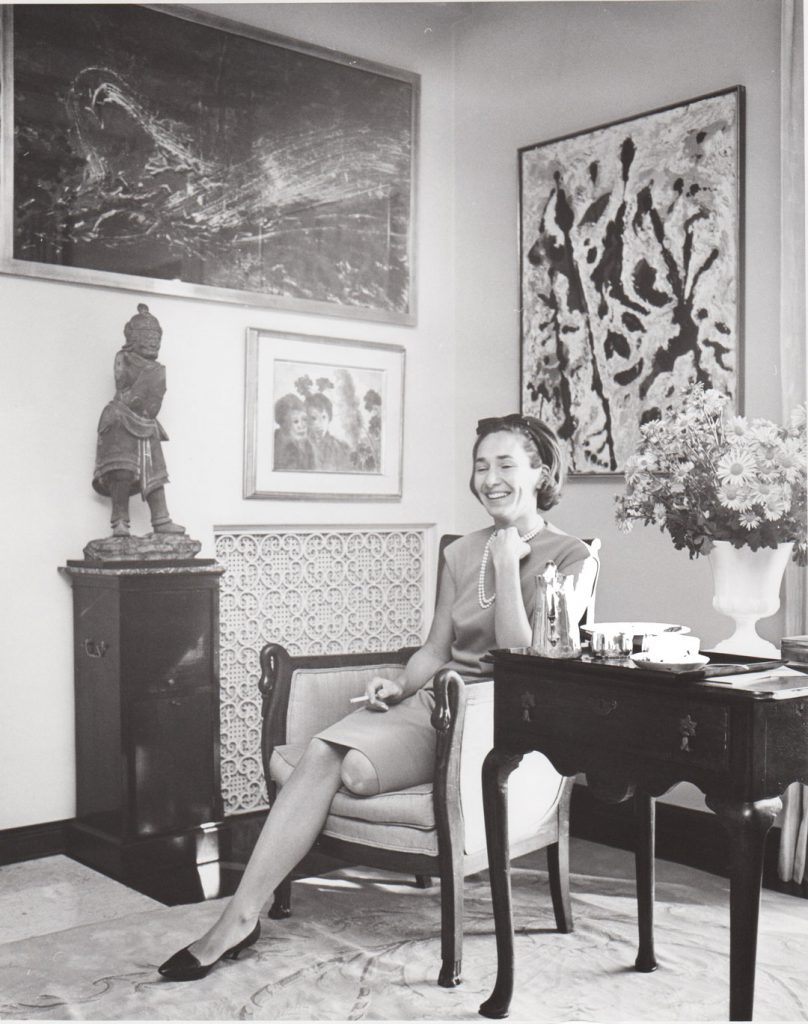
Born in Seattle and raised in British Columbia, Virginia went East for college and majored in art history. Out of college, she worked for Sidney Janis Gallery in Manhattan and began collecting art. Mark Rothko’s abstract painting Number 10 (1952) was one of her early, daring purchases and it is now part of SAM’s collection.
Virginia has been a SAM member since 1951. She began docent training in 1957 and led her first public tour in 1959. In 1959, the Wrights made their first-ever gift to SAM’s collection: Room with White Table (1953) by William Ward Corley. That year they also provided funding for SAM to acquire Winter’s Leaves of the Winter of 1944 (at the time titled Leaves Before Autumn Wind) by Morris Graves.
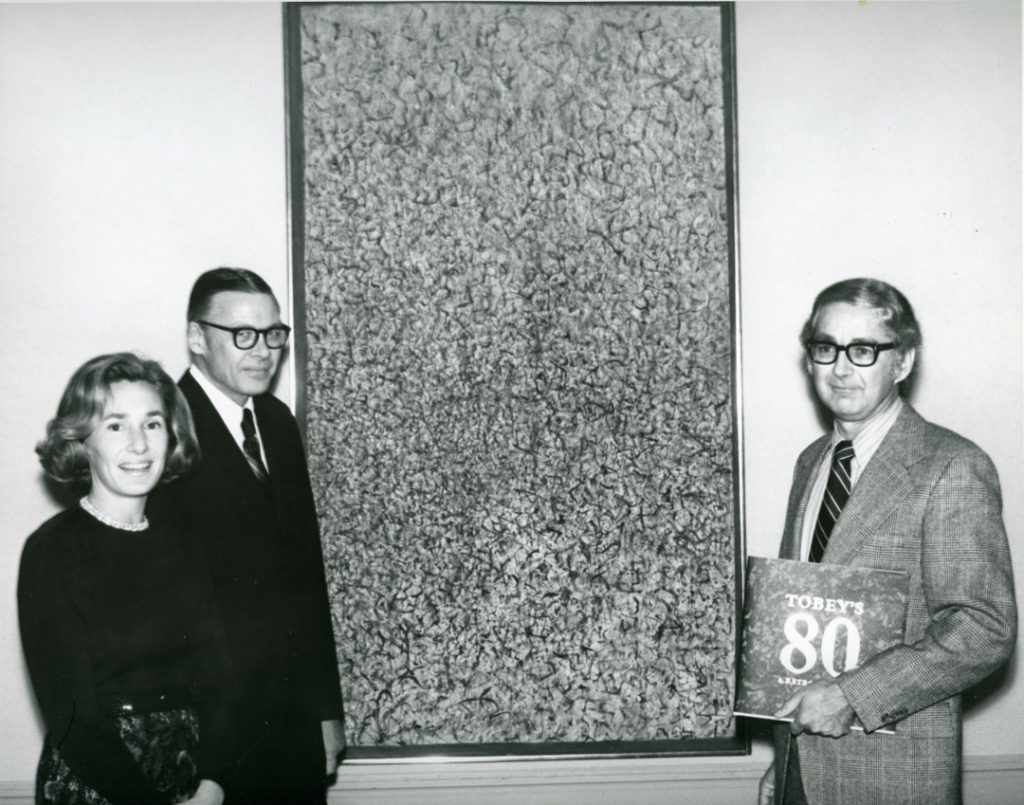
In 1964, she and a group of friends persuaded then-director Richard Fuller to let her start the Contemporary Art Council (CAC), a group of collectors at the museum. For the next decade, it functioned as the museum’s first modern art department. The CAC sponsored lectures and supported the first exhibitions of Op art and conceptual art in Seattle. It also brought the popular Andy Warhol Portraits exhibition to Seattle in 1976, among many other important exhibitions. Her role in bringing great art to the Seattle Art Museum also involved the curation of two solo exhibitions for Morris Louis (in 1967) and William Ivey (in 1975).
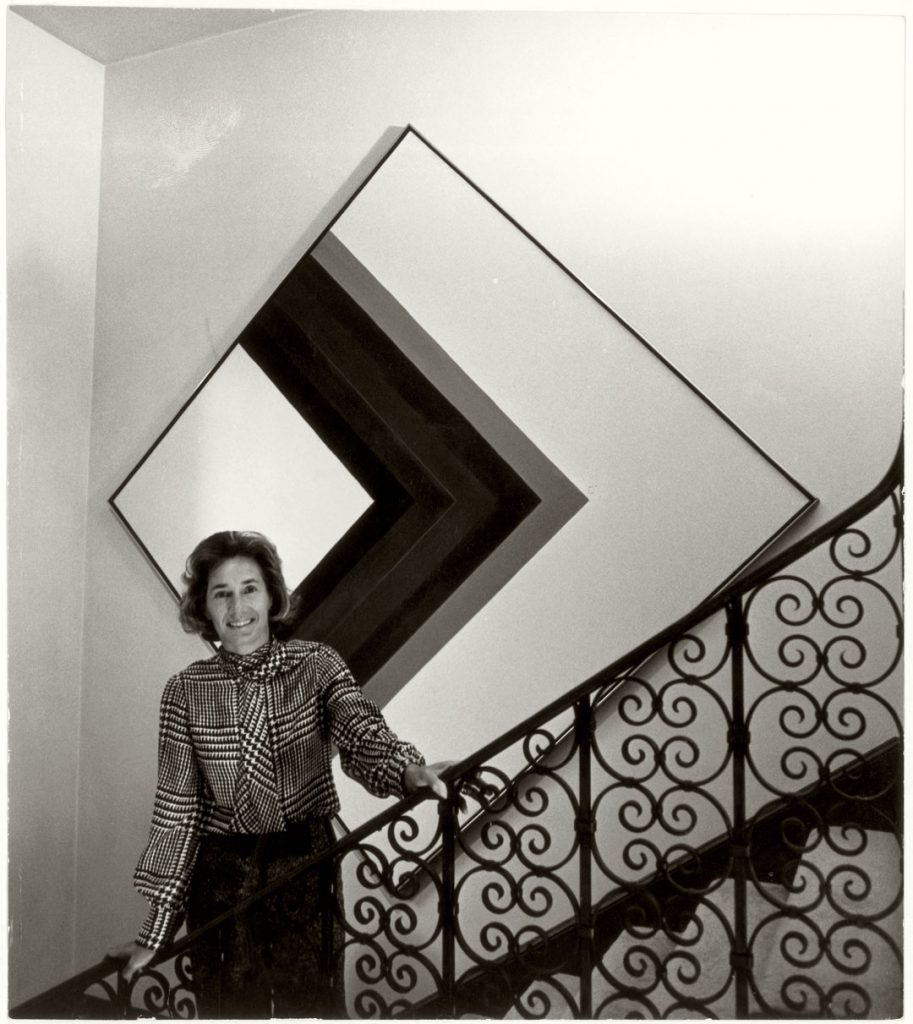
Virginia joined SAM’s board in 1960, making 2020 her 60th anniversary with the Seattle Art Museum. She temporarily stepped away in 1972 when her husband Bagley joined the Board and rejoined in 1982. She served as President of the Board from 1987–90. Virginia was President of SAM’s Board of Trustees from 1986–1992, years that coincided with the construction and opening of the downtown Robert Venturi building in 1991—the museum’s first major transformation since its opening in 1933 and a major shift in Seattle’s cultural life to downtown First Avenue (with the Symphony soon following).
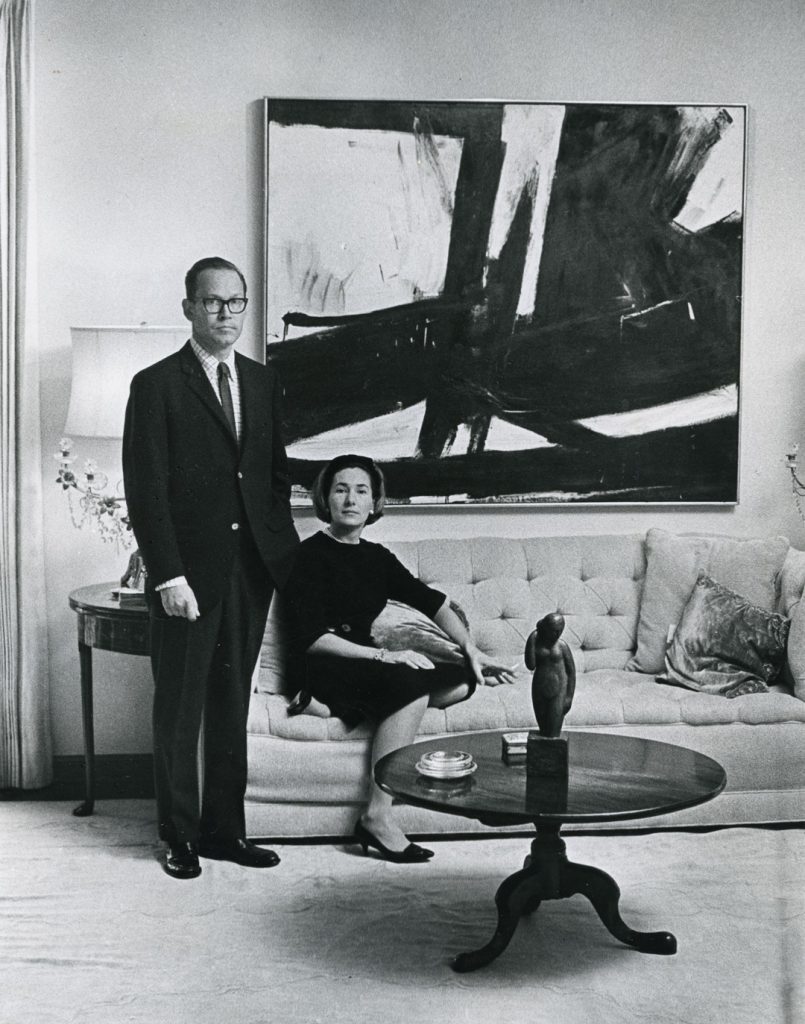
In 1999, SAM mounted an exhibition of the Wright Collection (The Virginia and Bagley Wright Collection of Modern Art, March 4–May 9, 1999). The Wrights’ entire art collection—the largest single collection of modern and contemporary art in the region—has been gradually donated (and the balance of the collection promised) to the Seattle Art Museum. A significant portion of the collection came to the museum in 2014 when the Wrights’ private exhibition space closed.
When the Seattle Art Museum opened the Olympic Sculpture Park in 2007, many works from the Wrights’ collection were installed there, including Mark di Suvero’s Bunyon’s Chess (1965) and Schubert Sonata (1992), as well as works by Ellsworth Kelly, Tony Smith, Anthony Caro, and Roxy Paine.
SAM’s ongoing exhibition Big Picture: Art After 1945 draws from the Wrights’ transformative gift of over 100 works and is a reminder of their incredible generosity.
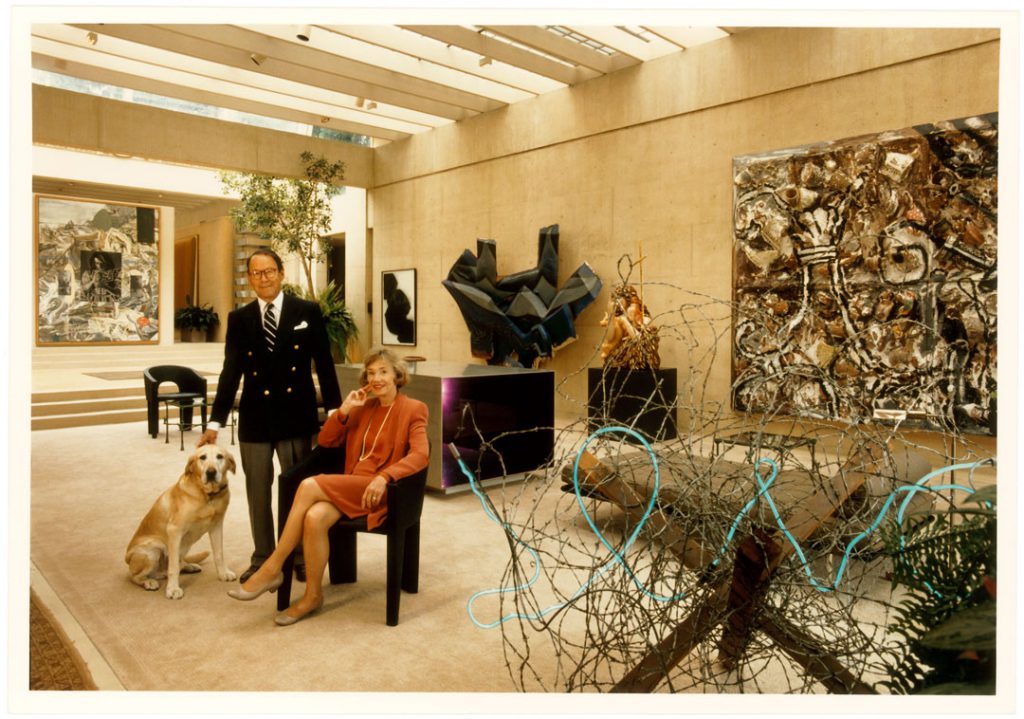
Virginia was an active board member up to the end of her life, regularly attending meetings and advising the museum in many important endeavors. About SAM Virginia said, “It’s always been the main arena. I never wanted to break off and start a museum. I wanted to push the museum we already had into being more responsive to contemporary art.” And SAM would like to acknowledge that she did just that, leaving an undeniable mark on the cultural landscape of the entire Pacific Northwest.
As Amada Cruz, SAM’s Illsley Ball Nordstrom Director and CEO, says, “Even having only been in Seattle for a short time, it’s clear that Virginia Wright’s impact on the city and on SAM is beyond measure. Her legacy, and that of her late husband Bagley, is seen in both the very walls and on the walls of the downtown museum, and it fills the Olympic Sculpture Park’s landscapes. I’m honored to have been able to know her and of her hopes for SAM’s continued future.”
